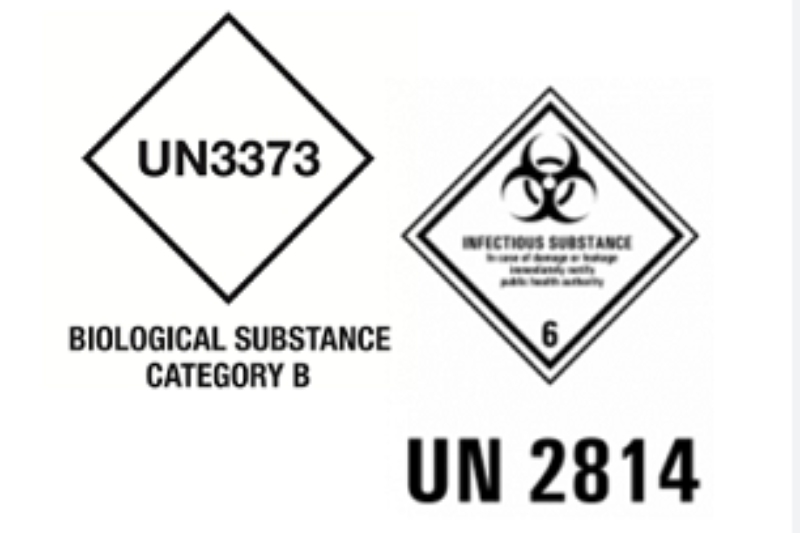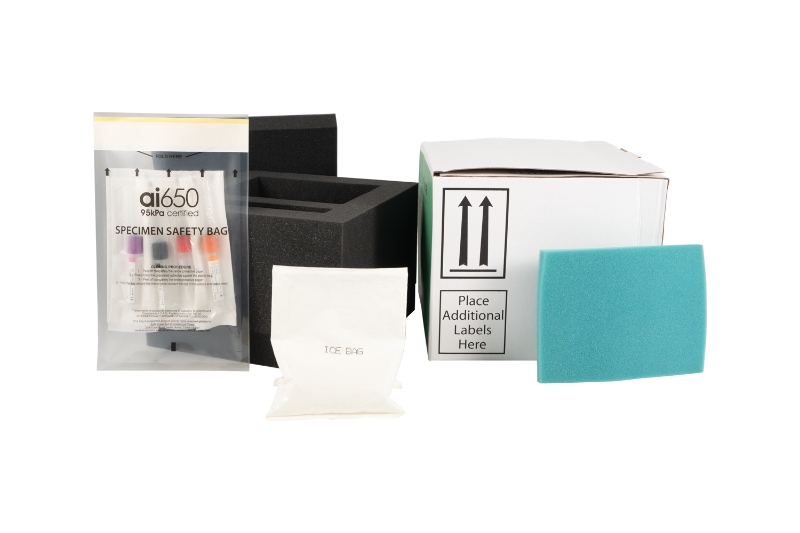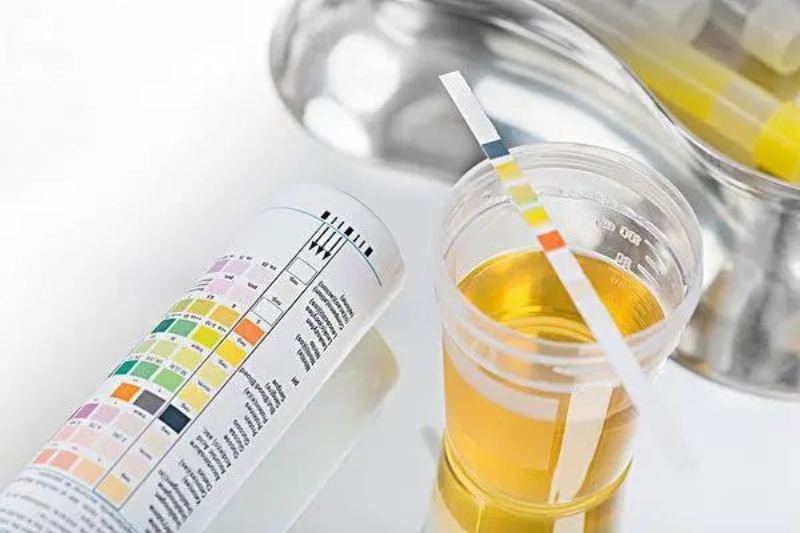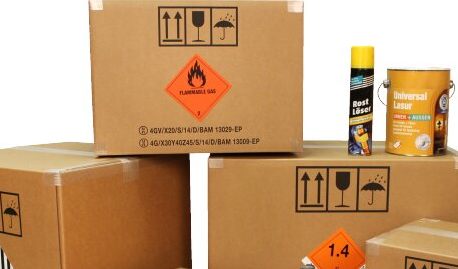 +86 178 5514 5298
+86 178 5514 5298 How to Ship Biological Specimens Safely: A Lab Insider’s Guide
1. Packaging: Your Specimen’s Armor
Forget generic boxes—biological shipments demand a triple-layer defense:
Primary Container: Leak-proof, sterile tubes/vials with secure caps (screw-top > push-top)
Pro Tip: Fill containers to 75% capacity to prevent expansion bursts during altitude changes.
Secondary Packaging: Absorbent material (like cellulose pads) soaked in disinfectant, wrapped around primary containers
Outer Layer: UN-certified rigid cooler with “Biological Substance, Category B” labels (UN3373)
Real-World Hack: Line outer boxes with instant cold packs wrapped in paper towels—prevents direct contact frostbite on samples.
2. Temperature Control: No Guessing Games
Different specimens have different needs:
| Sample Type | Ideal Temp Range | Tools Needed |
|---|---|---|
| DNA/RNA | -80°C to -20°C | Dry ice + Vapor-resistant shippers |
| Live Cells | 4°C | Phase-change gel packs |
| Bacterial Cultures | Ambient | Insulated box with temp loggers |
3. Paperwork: The Boring (But Vital) Stuff
A shipment delayed at customs is a shipment dying at customs. Always include:
Chain of Custody Form: Who handled it, when, and storage conditions
MSDS/SDS Sheets: Even for non-hazardous materials—customs agents love these
Permits: USDA for animal tissues, CDC Import Permit for human pathogens
Watch Out: As of 2023, the EU requires Advanced Electronic Data (AED) for all biological imports. Miss this, and your package gets “return to sender.”
4. Carrier Secrets Labs Don’t Tell You
Domestic (USA): FedEx BioMail > UPS Healthcare – Better cold chain tracking
International: Mark packages “Diagnostic Specimens” (clears customs faster than “Research Materials”)
For Liquid Nitrogen: Only World Courier and Cryoport handle LN2 tanks legally
Cost-Saving Trick: Ship mid-week—avoid weekend storage fees if delays occur.
5. When Disaster Strikes: The 911 Protocol
Found a leaking box? Don’t play hero:
Isolate the area
Wear PPE (gloves, goggles, lab coat)
Soak spills with 10% bleach solution
Report to your institution’s biosafety officer immediately
Final Checklist Before Hitting “Send”:
☐ Verified carrier’s biohazard certification
☐ Turned off automatic signature requirement (prevents delivery attempts if no one’s there)
☐ Shared tracking link with recipient’s lab manager
☐ Printed one extra paperwork set inside the box (in a zip-top bag)
Got war stories or genius hacks from your lab’s shipping adventures? Drop them in the comments—we’re all in this together!












